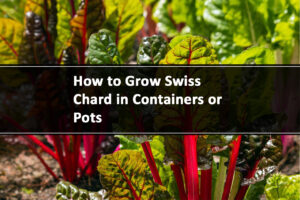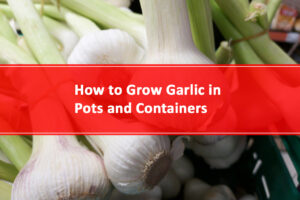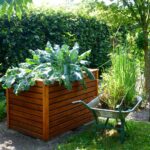Beautiful Plants For Your Interior
How to Make an Urban Garden and Maintain It
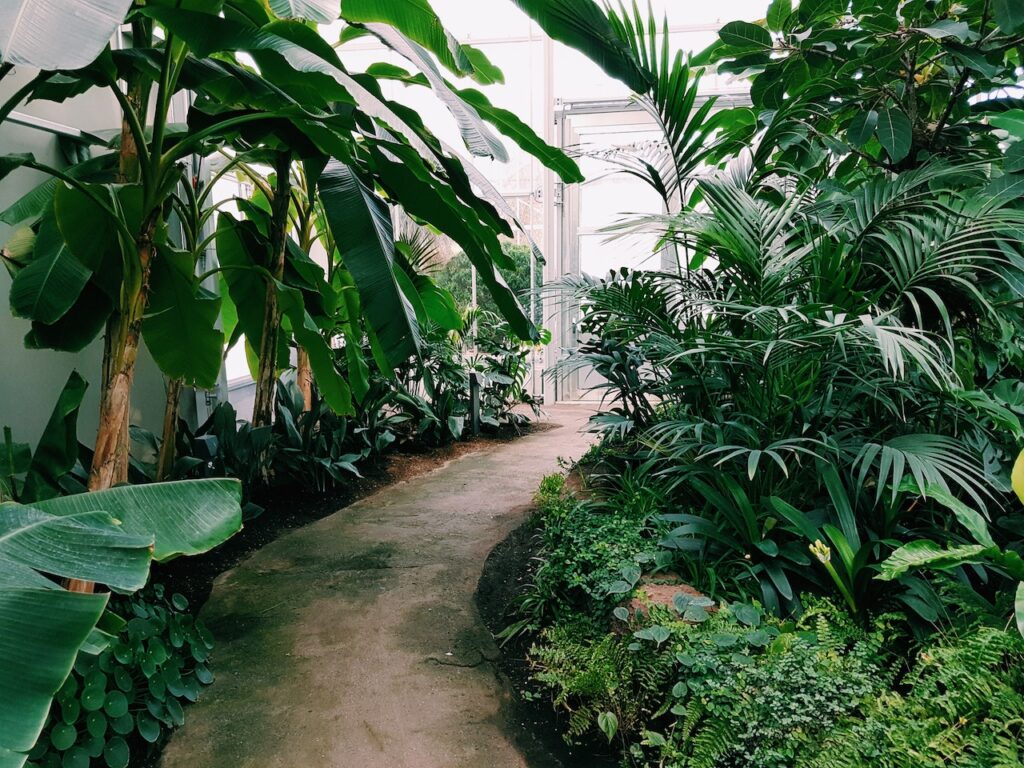
Creating an urban garden allows you to cultivate a green oasis even in the midst of a bustling city. By learning how to make an urban garden, you can transform your small balcony, rooftop, or backyard into a thriving and fruitful space.
In this comprehensive guide, we will walk you through the step-by-step process of creating an urban garden, providing you with the knowledge and tools to bring nature closer to your urban dwelling. Let’s dive in and discover the wonders of urban gardening!
What are the benefits of creating an urban garden?
Urban gardening offers a range of benefits. It allows you to grow your own fresh and organic produce, even in a small space. It provides a therapeutic and stress-relieving activity, connects you with nature, and contributes to greening urban environments. Additionally, urban gardening promotes sustainability by reducing the carbon footprint associated with transporting food from distant locations.
How to Make an urban garden
We will outline a step-by-step process for how to make an urban garden in this tutorial to help you have a successful and productive gardening experience.
1. Assessing Your Space
Before you begin, evaluate the available space in your urban environment. Determine whether you have a balcony, patio, rooftop, or a small yard. Assess the amount of sunlight the area receives, as this will influence the types of plants you can grow. Most vegetables require at least 6 hours of direct sunlight each day.
2. Planning Your Garden
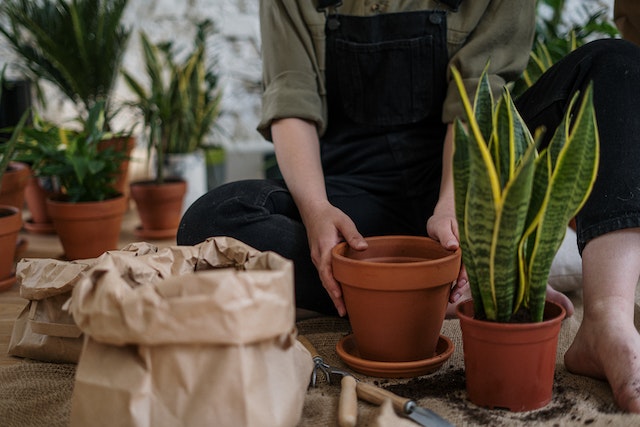
Developing a detailed plan will help optimize your garden space and maximize your harvest. Consider the following factors:
- Raised Beds or Containers: If you have limited space, opt for raised beds or containers. They allow for better soil control, drainage, and flexibility.
- Plant Selection: Choose plants that are suitable for your location, climate, and available sunlight. Consider growing vegetables, herbs, and flowers that are well-suited for urban environments, such as tomatoes, peppers, lettuce, basil, and marigolds.
- Vertical Gardening: Utilize vertical space by incorporating trellises, hanging planters, or vertical towers. This technique is ideal for vining plants like cucumbers, beans, and peas.
- Companion Planting: Implement companion planting to maximize space utilization and pest control. Certain plants, when grown together, can provide mutual benefits. For example, planting basil alongside tomatoes can deter pests.
- Watering and Drainage: Plan for easy access to water sources and ensure proper drainage to prevent waterlogging.
3. Soil Preparation

Good soil is the foundation for a successful garden. Follow these steps to prepare your soil:
- Test the Soil: Conduct a soil test to determine its pH level and nutrient content. Most vegetables prefer slightly acidic soil with a pH range of 6.0-7.0.
- Soil Amendments: Based on the test results, amend the soil accordingly. Add organic matter such as compost, well-rotted manure, or vermicompost to improve soil fertility and structure.
- Container Gardening: If using containers, choose a high-quality potting mix specifically formulated for container gardening. These mixes are lightweight, well-draining, and rich in nutrients.
4. Planting Your Garden
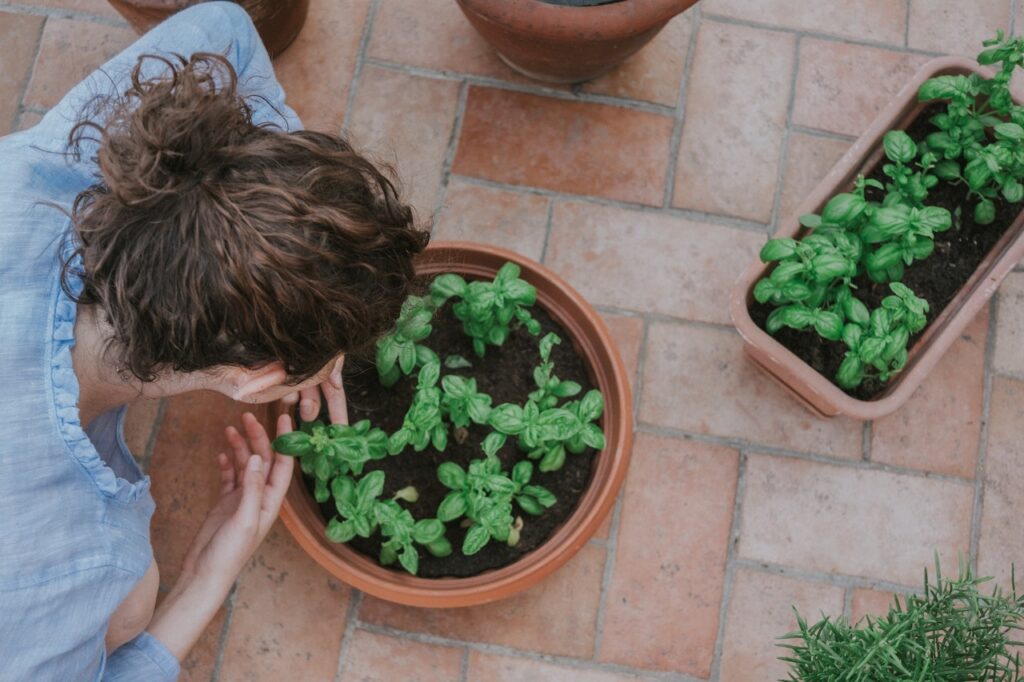
Now it’s time to start planting! Follow these guidelines:
- Seed Selection: Choose high-quality seeds or purchase seedlings from a reputable source. Consider using heirloom varieties for unique flavors and better adaptation to local conditions.
- Plant Spacing: Follow the recommended spacing guidelines provided on seed packets or plant labels to avoid overcrowding and competition for resources.
- Planting Techniques: Dig appropriate-sized holes for your plants, ensuring the soil level matches that of the original container. Water thoroughly after planting.
- Succession Planting: To prolong your harvest and make the most of limited space, practice succession planting. This involves planting new seeds or seedlings as soon as a previous crop is harvested.
5. Garden Maintenance
Maintaining your urban garden is essential for healthy plant growth and productivity. Follow these maintenance tips:
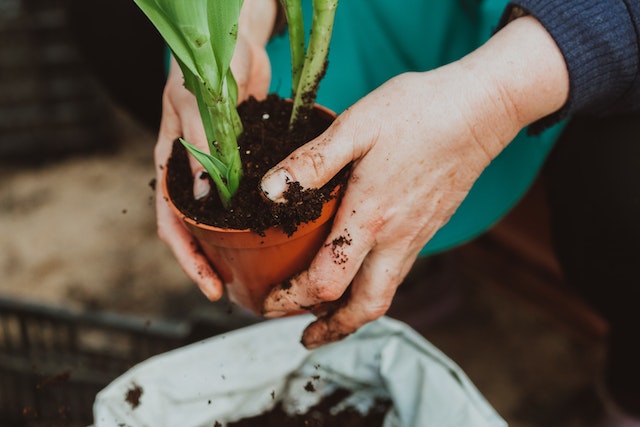
- Watering: Regularly water your plants, ensuring the soil remains evenly moist. Container gardens may require more frequent watering, as they tend to dry out faster.
- Mulching: Apply a layer of organic mulch, such as straw or wood chips, around your plants. Mulching helps conserve moisture, suppress weeds, and regulate soil temperature.
- Fertilization: Feed your plants with a balanced organic fertilizer or compost tea to replenish nutrients. Follow the recommended application rates for each specific plant.
- Pruning and Training: Regularly prune your plants to promote bushier growth and remove dead or diseased parts. Train vining plants onto trellises or supports to save space and improve airflow.
- Pest and Disease Management: Monitor your plants regularly for pests and diseases. Use organic pest control methods such as handpicking, companion planting, or applying natural remedies like neem oil or insecticidal soap.
- Harvesting: Harvest your vegetables and herbs when they reach their maturity. This promotes continuous growth and encourages further fruiting.
People Also Searched for
-
Can I create an urban garden if I have limited space?
Absolutely! Urban gardening is all about making the most of your available space, no matter how small. You can utilize containers, vertical gardening techniques, or even a small balcony or rooftop to grow plants.
-
What are the best plants to grow in an urban garden?
There are several plants that thrive in urban environments. Some popular choices include tomatoes, peppers, lettuce, herbs like basil and mint, and flowers like marigolds and pansies. Choose plants that are well-suited to your specific location and the amount of sunlight you have.
-
How much sunlight do my plants need in an urban garden?
Most vegetables require at least 6 hours of direct sunlight each day. If your urban space doesn’t receive that much sunlight, focus on plants that can tolerate partial shade. Leafy greens and some herbs can grow well with less direct sunlight.
-
What kind of soil should I use for my urban garden?
Use a high-quality potting mix specifically formulated for container gardening. These mixes provide good drainage and are nutrient-rich. If you have a small plot of land, conduct a soil test and amend it with organic matter like compost or well-rotted manure to improve its fertility.
-
How often should I water my urban garden?
The frequency of watering depends on factors like plant types, weather conditions, and the type of container or soil you use. As a general rule, check the moisture level of the soil regularly and water it whenever the top inch feels dry. Container gardens may require more frequent watering compared to in-ground gardens.
-
How can I manage pests and diseases in my urban garden?
Monitor your plants regularly for signs of pests or diseases. Practice companion planting, which involves planting certain plants together to deter pests. Handpick pests, apply natural remedies like neem oil or insecticidal soap and maintain good airflow and hygiene in your garden to minimize disease problems.
-
Can I grow my own organic produce in an urban garden?
Absolutely! Urban gardens are perfect for growing organic produce. Use organic gardening practices such as avoiding synthetic pesticides and fertilizers, using compost or organic fertilizers, and promoting natural pest control methods. This way, you can enjoy fresh, homegrown organic produce.
Final Words on How to Make an Urban Garden and Maintain It
Creating an urban garden is a fulfilling and rewarding endeavor, allowing you to enjoy fresh produce and the tranquility of nature in a bustling urban environment. By following this step-by-step guide on how to make an urban garden, you can assess your space, plan your garden, prepare the soil, plant your garden, and maintain it successfully. With these strategies, you can establish a thriving urban garden, even with limited space. Embrace the joy of gardening and transform your urban space into a green oasis of your own. Happy gardening!


